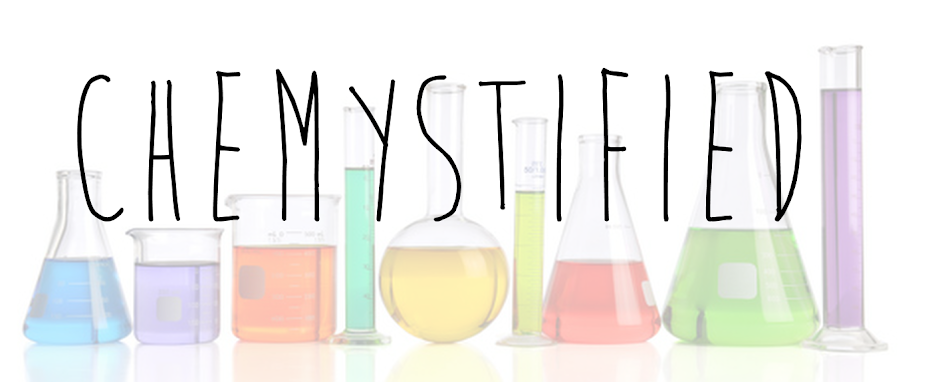 Although I work and live in Bournville, I had not been to Cadbury World, until a couple of weeks ago. I could tell you about the time all my friends went on a school trip and I seemed to be the only person at school that day, but I won't. I shall tell you a different story. My boyfriend came to visit me and it seemed like a good excuse for a visit. I've been sending weekly food parcels to various relatives and I thought my papa would appreciate a huge bar of fruit and nut. My boyfriend being allergic to nuts was freaking out as I bought the enormous bar. I was convinced fruit and nut had hazelnuts not almonds in, which would be fine as he can tolerate hazelnuts. Upon further inspection it would appear I was wrong... Almonds and death ensued (I joke. He is alive and well.)
Although I work and live in Bournville, I had not been to Cadbury World, until a couple of weeks ago. I could tell you about the time all my friends went on a school trip and I seemed to be the only person at school that day, but I won't. I shall tell you a different story. My boyfriend came to visit me and it seemed like a good excuse for a visit. I've been sending weekly food parcels to various relatives and I thought my papa would appreciate a huge bar of fruit and nut. My boyfriend being allergic to nuts was freaking out as I bought the enormous bar. I was convinced fruit and nut had hazelnuts not almonds in, which would be fine as he can tolerate hazelnuts. Upon further inspection it would appear I was wrong... Almonds and death ensued (I joke. He is alive and well.)Story over and we leap to the start of last week and our daily team meeting. Our conversations have been dominated by the fruit and nut scandal. As you may or may not know (where do you live if you haven't heard about it?) the fruit and nut recipe has changed,,. For the first time in 90 years! The horror.
 |
| Dairy Milk Fruit & Nut https://www.flickr.com/photos/schoko-riegel/11390203205/ |
Cadbury have altered their recipe to include BOTH raisins and sultanas
It would seem as though everyone jumped on the band wagon reporting this story. The headlines and comment sections on newspaper websites were most amusing.
- "Get your hands off my fruit and nut" - Daily Mail
- "Choc horror over Cadbury fruit and nut recipe change" - The Gaurdian
- "Cadbury's fruit and nut bar recipe change after 90 years sparks angry reaction" - Independent
- "Cadbury upsets fruit and nut fans by adding sultanas" - BBC News
- "Is nothing sacred?" - Mirror
But the real questions I hear you ask is will that really make a difference? What is the difference between the raisin and the sultana?
The answer to these questions are no and they are basically the same thing.
As a company that is all about the consumer, all R&D work has some element of consumer screening. So before implementing this change a consumer test of some 200 people was carried out. Only 10% were able to tell the difference between the traditional recipe and the new, sultana including recipe.
To this however, many would say, if it aint broke, why fix it? Supply chain and product demand plays a big part. This is where I must explain the difference between raisins and sultanas, something that formed a large part of our discussion of it at work.
So raisins and sultanas both start life as the same type of grape, the Thompson seedless. What differentiates them is their country of origin and the way in which they are dried.
Raisins, produced majorly in California, are dried naturally in the sun. This process leads to a hard skin and a smaller fruit. Because the fruit spends more time in the sun the sugars caramelize, resulting in a sweeter, darker end product.
Sultanas, produced in Turkey, are treated with a mixture of water, potassium carbonate and vegetable oil before being dried. Treatment with the alkali solution leads to mirco pore formation on the grape skin, allowing the fruit to dry quicker. Spending less time in the sun means that sultanas are lighter in colour than raisins.
 |
| Raisins |
 |
| Sultanas |
Sultanas, produced in Turkey, are treated with a mixture of water, potassium carbonate and vegetable oil before being dried. Treatment with the alkali solution leads to mirco pore formation on the grape skin, allowing the fruit to dry quicker. Spending less time in the sun means that sultanas are lighter in colour than raisins.
A good description of the difference can be found here, as discussed on BBC Radio 5 Live.
Things may not be all bad with regard the inclusion of sultanas. If you search for sultanas and raisins, online shopping allows you to view the information about the product: ingredients, country of origin as well as the nutritional information. Upon inspection, sultanas have marginally less sugar per 30g serving than raisins, meaning the new fruit and nut may if fact be slightly better for your teeth... I am not sure it will be endorsed by dentists anytime soon though?!
I hope you have enjoyed reading this and are now a more informed consumer :)









![Validate my Atom 1.0 feed [Valid Atom 1.0]](valid-atom.png)

